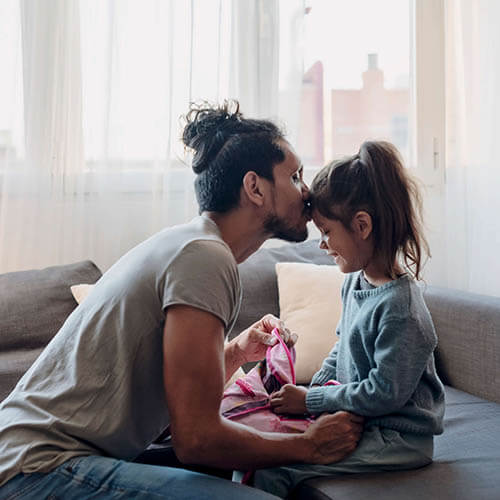What Is Monitoring
Sometimes, based on issues of protection and safety, a judge will order that a child only have contact with a parent when a neutral third person is present during the visitation. This type of third-person visitation arrangement is often called “supervised visitation.”
A supervised visitation is defined as contact between a non-custodial parent and one or more children in the presence of a third person. This third person is responsible for observing and ensuring that the safety of those involved is maintained, fully and continuously. We strive to protect the best interest of children whose parents have a custody or visitation matter in family court.


A judge may decide that supervised visits are best for your family if:
- The child has not seen his or her parent for an extended period of time
- The child has not met his or her parent
- The parent needs to work on his or her parenting skills
- There is a history of mental illness or instability
- There is a history of substance abuse
- There is a history of domestic violence or alleged violence
- There is a history of sexual abuse or alleged sexual abuse
- There is a threat of child abduction
How It Helps
The main goal of a supervised visit is to keep the child safe, both physically and emotionally, while helping the child and parent improve their relationship and spend quality time together.
Even when a history of issues, such as domestic violence or abandonment, may exist, the court often believes that it is in the child’s best interests to know and spend time with both parents.


